Lighting in industrial facilities
There are a lot of opportunities to optimise lighting system in (almost) any industrial facility.
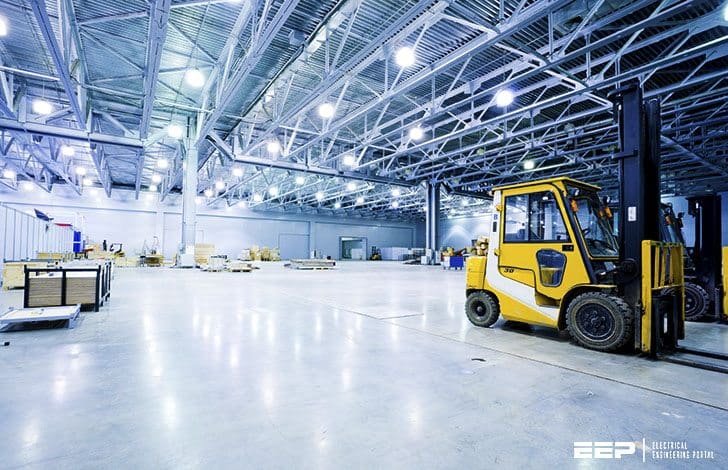
Seven practical energy-efficiency opportunities to reduce energy use cost-effectively are given below:
- Lighting controls
- Replace T-12 tubes by T-8 tubes
- Replace mercury lights with metal halide or high pressure sodium lights
- Replace metal halide (HID) with high-intensity fluorescent lights
- Replace magnetic ballasts with electronic ballasts
- Optimization of plant lighting (Lux optimization) in production and non-production departments
- Optimum use of natural sunlight
1. Lighting controls
Lights can be shut off during non-working hours by automatic controls, such as occupancy sensors which turn off lights when a space becomes unoccupied. Manual controls can also be used in addition to automatic controls to save additional energy in smaller areas.
The payback period for lighting control systems is generally less than 2 years.
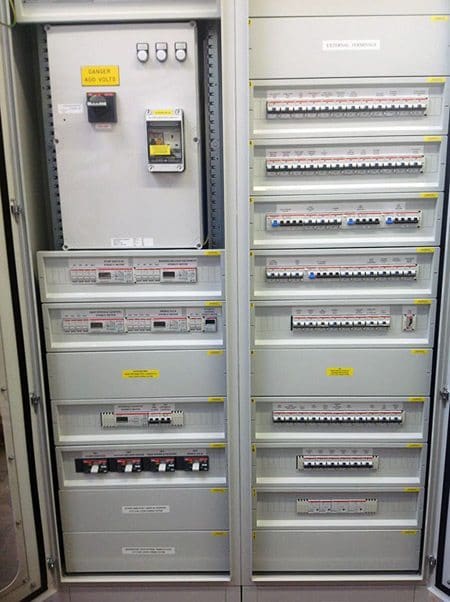

Go back to Optimisation List ↑
2. Replace T-12 tubes by T-8 tubes
In industry, typically T-12 tubes have been used. T-12 refers to the diameter in 1/8 inch increments (T-12 means 12/8 inch or 3.8 cm diameter tubes). The initial output for these lights is high, but energy consumption is also high.
Replacing T-12 lamps with T-8 lamps approximately doubles the efficacy of the former, thereby saves electricity.
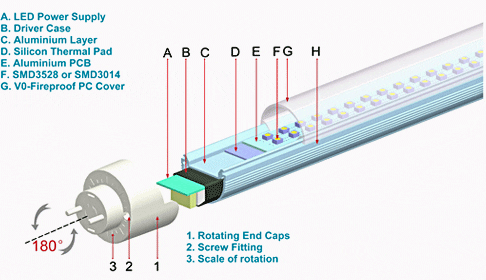

Go back to Optimisation List ↑
3. Replace mercury lights with Metal halide or High pressure sodium lights
Where color rendition is critical, metal halide lamps can replace mercury or fluorescent lamps with an energy savings of 50%. Where color rendition is not critical, high pressure sodium lamps offer energy savings of 50 to 60% compared to mercury lamps.
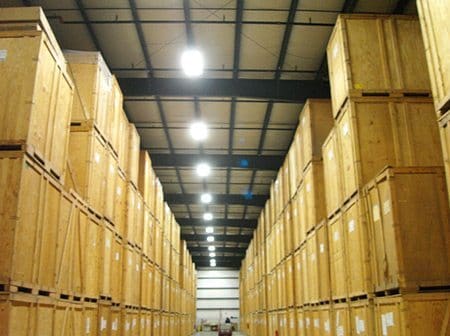

Go back to Optimisation List ↑
4. Replace metal halide (HID) with High-intensity fluorescent lights
Traditional HID lighting can be replaced with high-intensity fluorescent (HIF) lighting. These new systems incorporate high-efficiency fluorescent lamps, electronic ballasts and high-efficacy fixtures that maximize output to the work place.
Advantages to the new system are:
- They have lower energy consumption,
- Lower lumen depreciation over the lifetime of the lamp,
- Better dimming options,
- Faster start-up,
- Better color rendition,
- Higher pupil lumens ratings and less glare.
In addition to energy savings and better lighting qualities, high-intensity fluorescents can help to reduce maintenance costs.
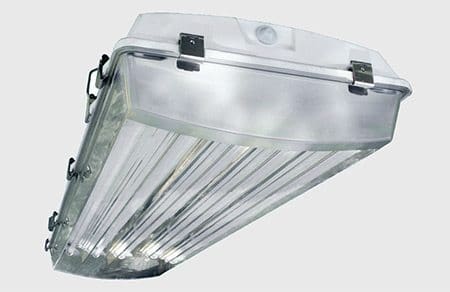

Go back to Optimisation List ↑
5. Replace magnetic ballasts with electronic ballasts
A ballast is a mechanism that regulates the amount of electricity required to start a lighting fixture and maintain a steady output of light.
Electronic ballasts save 12 – 25% of electricity use compared to magnetic ballast.
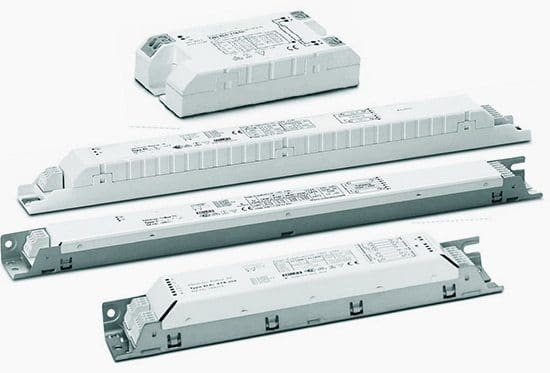

Go back to Optimisation List ↑
6. Optimization of plant lighting (Lux optimization)
In production and non-production departments
In many plants the lighting system is not specifically designed for the process. There are lux standards for each type of textile process.
For example, in a cotton spinning process, the required lux in the blow room should be much lower than that of ring frame section. If the lighting provided is higher than the standard (required lux) for any part of the production, this results in a waste of electricity.
Therefore, the plant engineers should optimize the lighting system based on the standard lux specific for each process step.
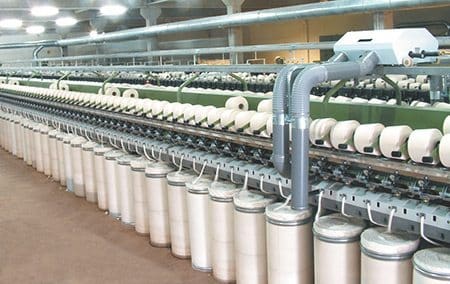

Go back to Optimisation List ↑
7. Optimum use of natural sunlight
Many plants do not use natural sunlight to an optimum level. In addition to optimizing the size of the windows, transparent sheets can be installed at the roof in order to allow more sunlight to penetrate into the production area.
This can reduce the need for lighting during the day.
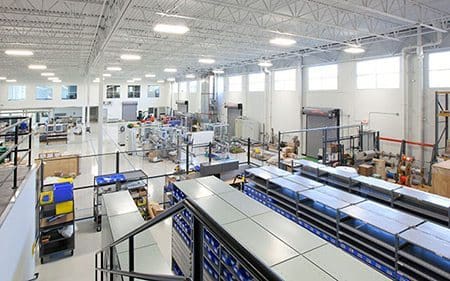

Go back to Optimisation List ↑
Reference // Industrial Energy Audit Guidebook: Guidelines for Conducting an Energy Audit in Industrial Facilities – Ali Hasanbeigi, Lynn Price







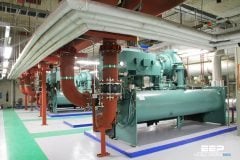



Just join today anh comments will give after receiving new technology suggestions for improvement power consumption
Sir, please give me some project topic related to electrical engineering.
Dear All,
how can i detect occupancy in room to control lights, I used PIR but it only detects change in temperature, then i also tried IR sensors on the door but their range of detection is very small.
please advise how can i improve the circuit or add any thing in it so that i may be able to detect human presence in room.
today we retrofit T8 fluorescent with T5 high output. and nowadays start to appear on the market tubular LED fixtures who DO NOT NEED A CHOKE at all and I replaced in a big kitchen for a wedding parlor , instead of 4 rows of T8 lamps I put 2 rows of T5 and got more light than before. in street lighting instead of energy eaters (400W +magnetic choke) HID lamps on poles spaced at around 25 meters , I use 56W LED lamps with no extra losses! the cost of those fixtures is going fast down on the market, the only problem is no interchangibility is possible. Maybe IEEE should issue a standard for those LED fixtures.
Very good application and very much useful for growing Engineer
Dearest,
Please send the pictures
Thanks and Best regards,
Sono-Bali, Indonesia
mobile phone: 081338304308